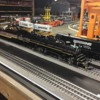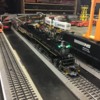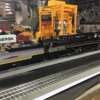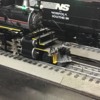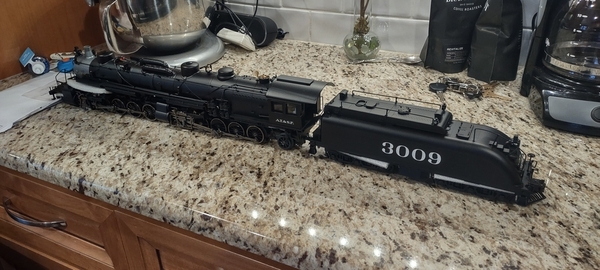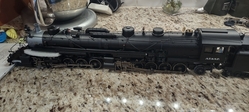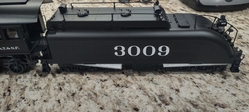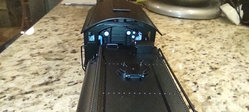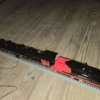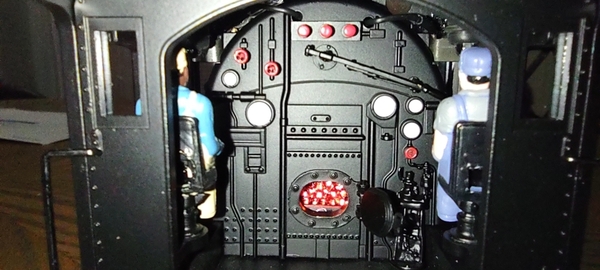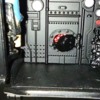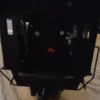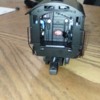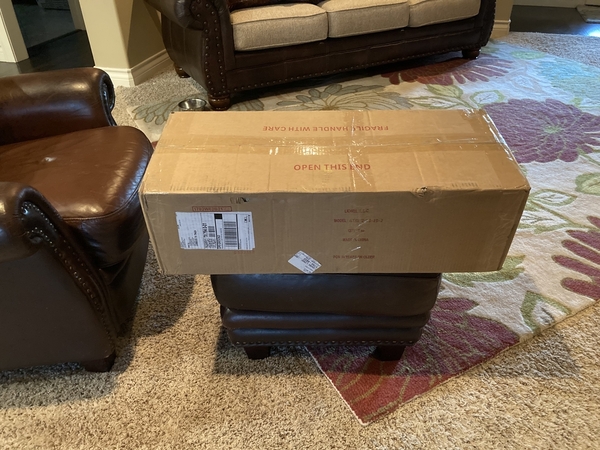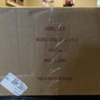I will admit that a great number of years ago before O Scale started getting into scale locomotives, I did see an article in one of those other publications on this engine. I fell in love with it right from the get go probably because it was something I'd never seen before.
To further this though, yeah the engine was an overall bust in the end. As stated before on numerous occasions, there are quite a few engines that fall into that category but there is a want for these things regardless of the cold hard truth. To put this further into perspective, musicians that a good majority of people enjoy seem to fall right into this as well. There are a number of them that are considered one hit wonders or not even that, but we love them and listen to them.
Any way the pie is sliced, it is still going to get eaten. Sometimes there are bigger slices, other times they are small. There's always some kind of draw.





